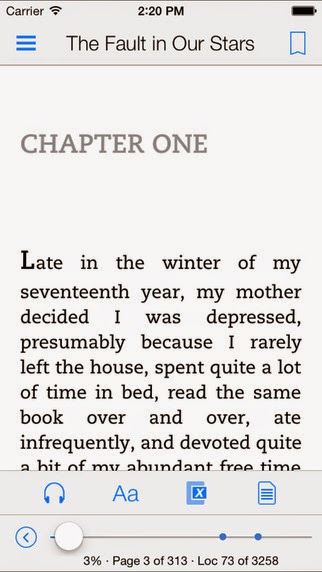I have been an avid reader from a very early age and worked in a library as a teen. My office at home is lined with bookcases full of books and we often keep books of photography on the coffee table. I even work for a company that makes photo books. So I appreciate the artistic value of a well made book.
When I am reading though, I prefer my iPad. When I have the luxury of curling up to read in my favorite chair at home, the form of the book doesn't matter. But I do much of my reading while traveling. This includes airplanes, restuarants and hotel rooms. Here are the reasons that the iPad is a better tool in those environments:
Weight
Most single books are heavier than a modern tablet, but a trip of any length presents an opportunity to read several books. Carrying a book for the flight out, one for the hotel and a third for the trip home adds up to a lot of weight.
Size
Many books that I want to read are only available in hardback versions which can seem huge in tight spaces. Airplane trays are not very wide and it can be a struggle to coordinate a book and a cup of coffee on the tray at the same time. In restuarants, single diners are often assigned to narrow tables without room for both a book and a plate.
Lighting
Fine dining is usually accompanied by low light levels and hotels don't always position lamps and chairs in a way that provides good light for reading. This is exacerbated by the fact that a book has left and right pages. To keep each page in the best light, the book has to be shifted back and forth on each page change. The iPad provides its own light and allows me to position it and scale the text size to best fit the space available.
While I have seen the references to studies that appear to show a higher comprehension level when reading a printed book, I don't feel that it makes any difference to me. I don't detect any difference in the amount of content that I remember whether the content comes from a printed book, an e-book or an audio book. After a short time has passed, I don't even think about how I "read" the book.
The argument that e-book readers are more easily distracted seems like a red herring. I have an iPhone with me at all times and it is just as easy to close a printed book and check email or Facebook as it is to close the Kindle app to check those things.
Do you prefer printed or electronic books?
You might also like:





